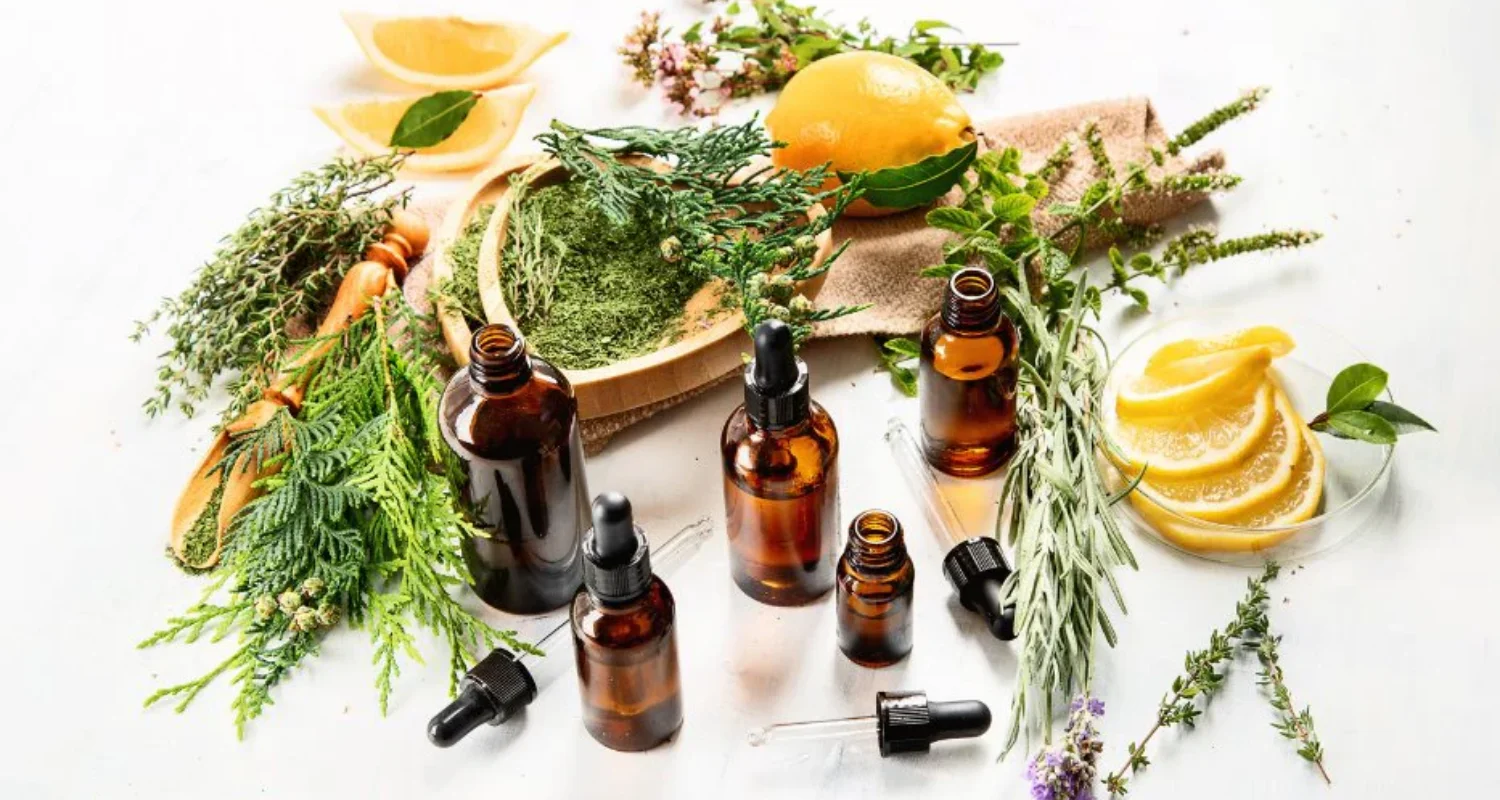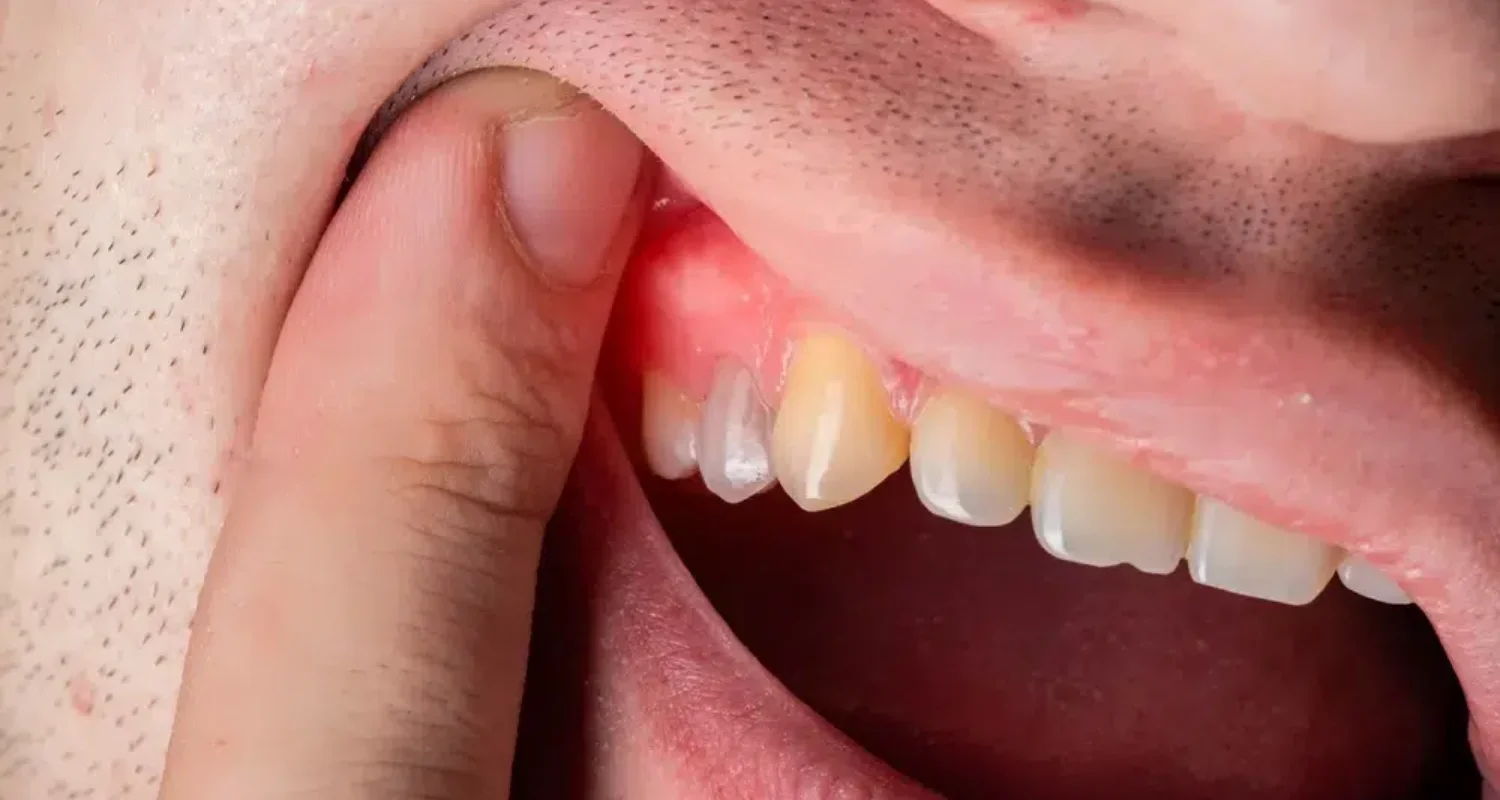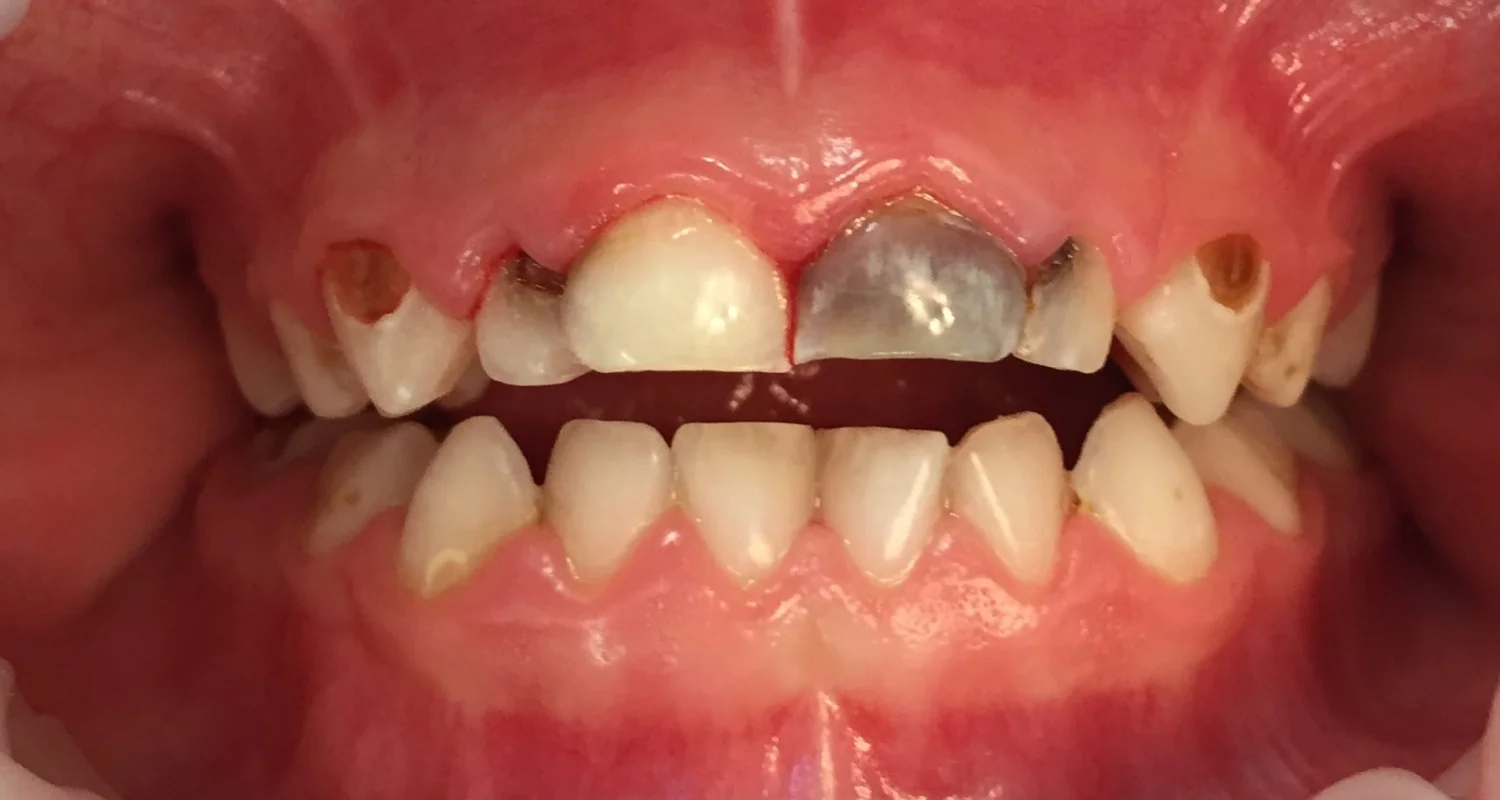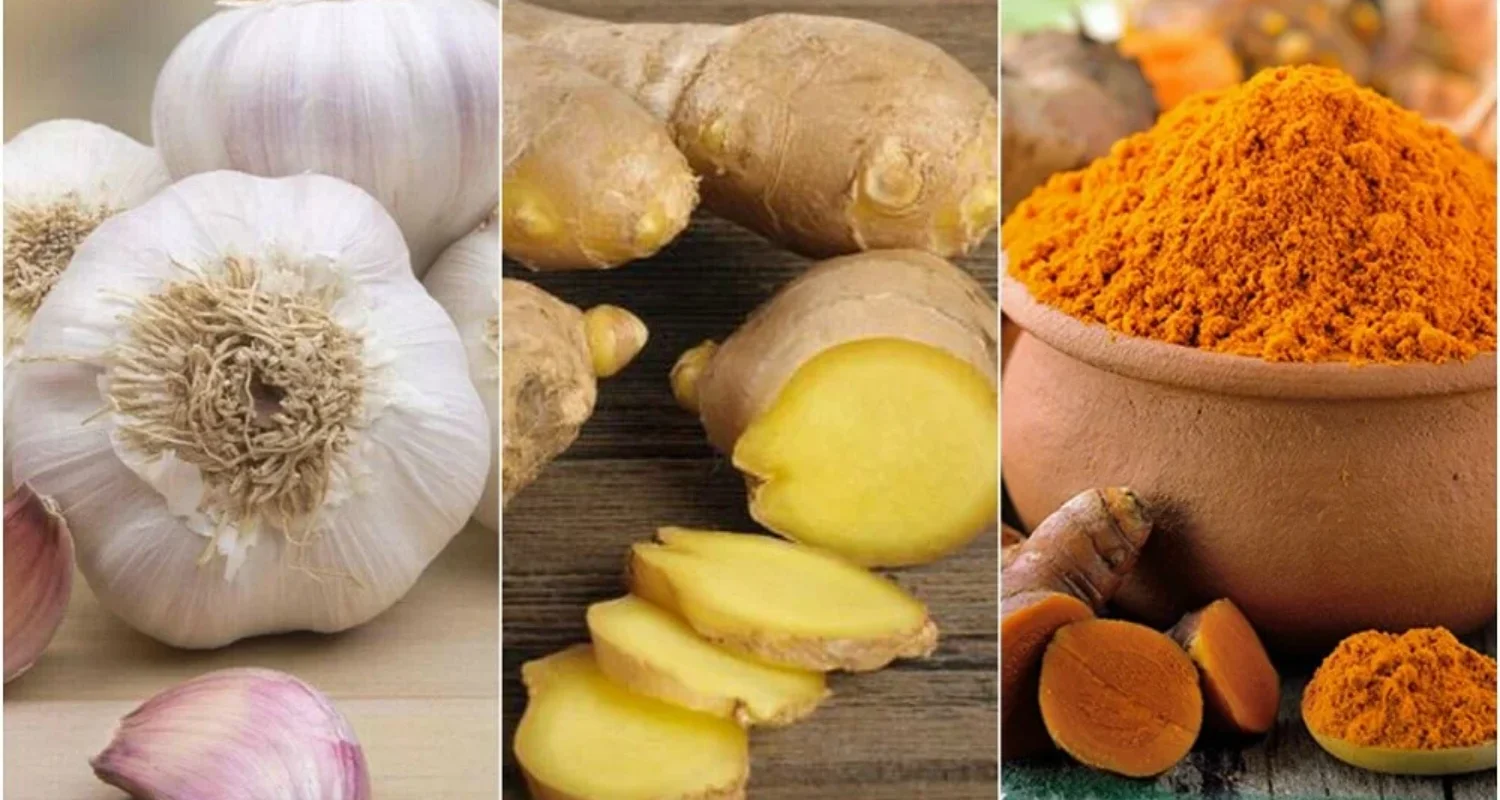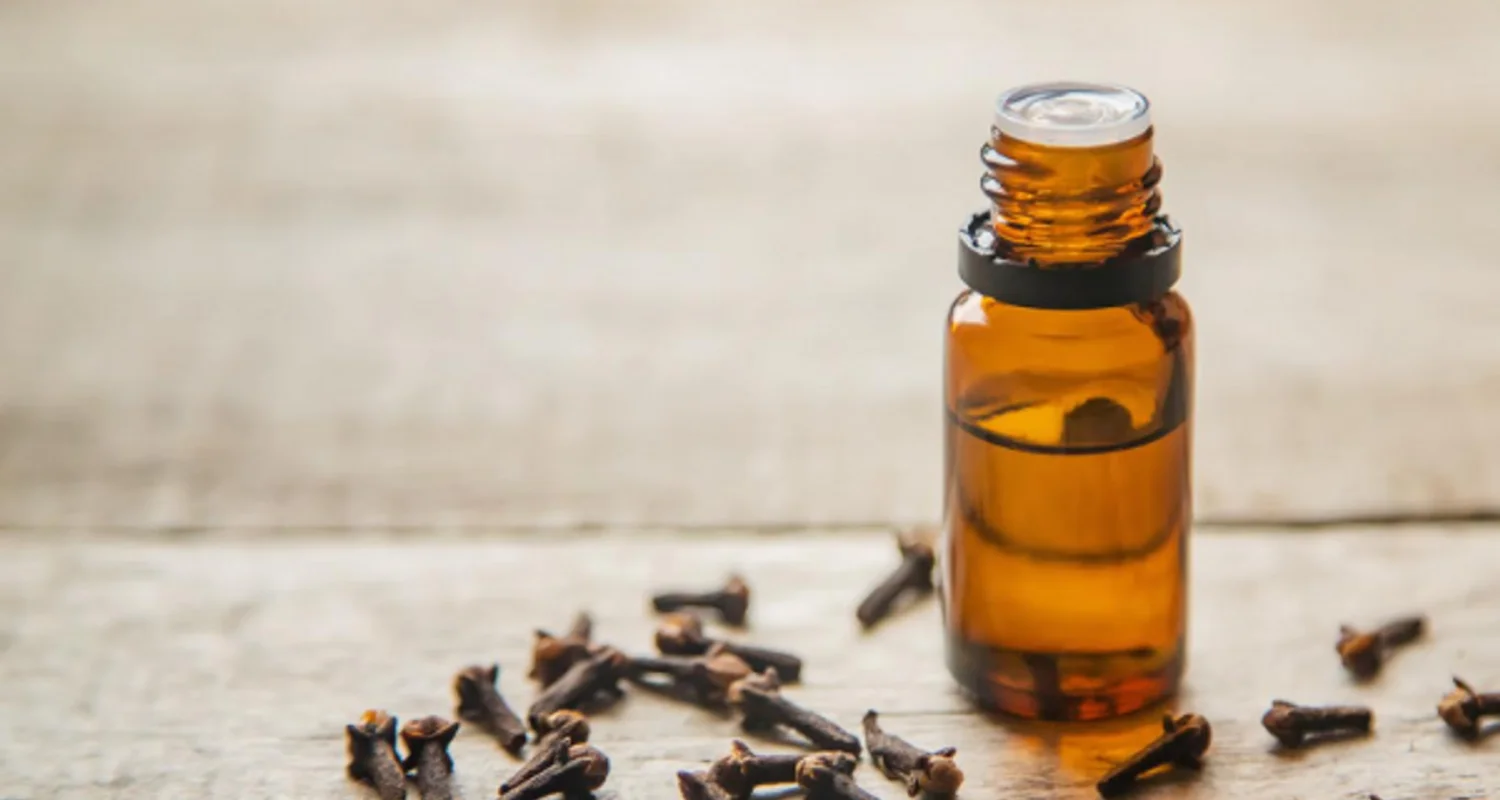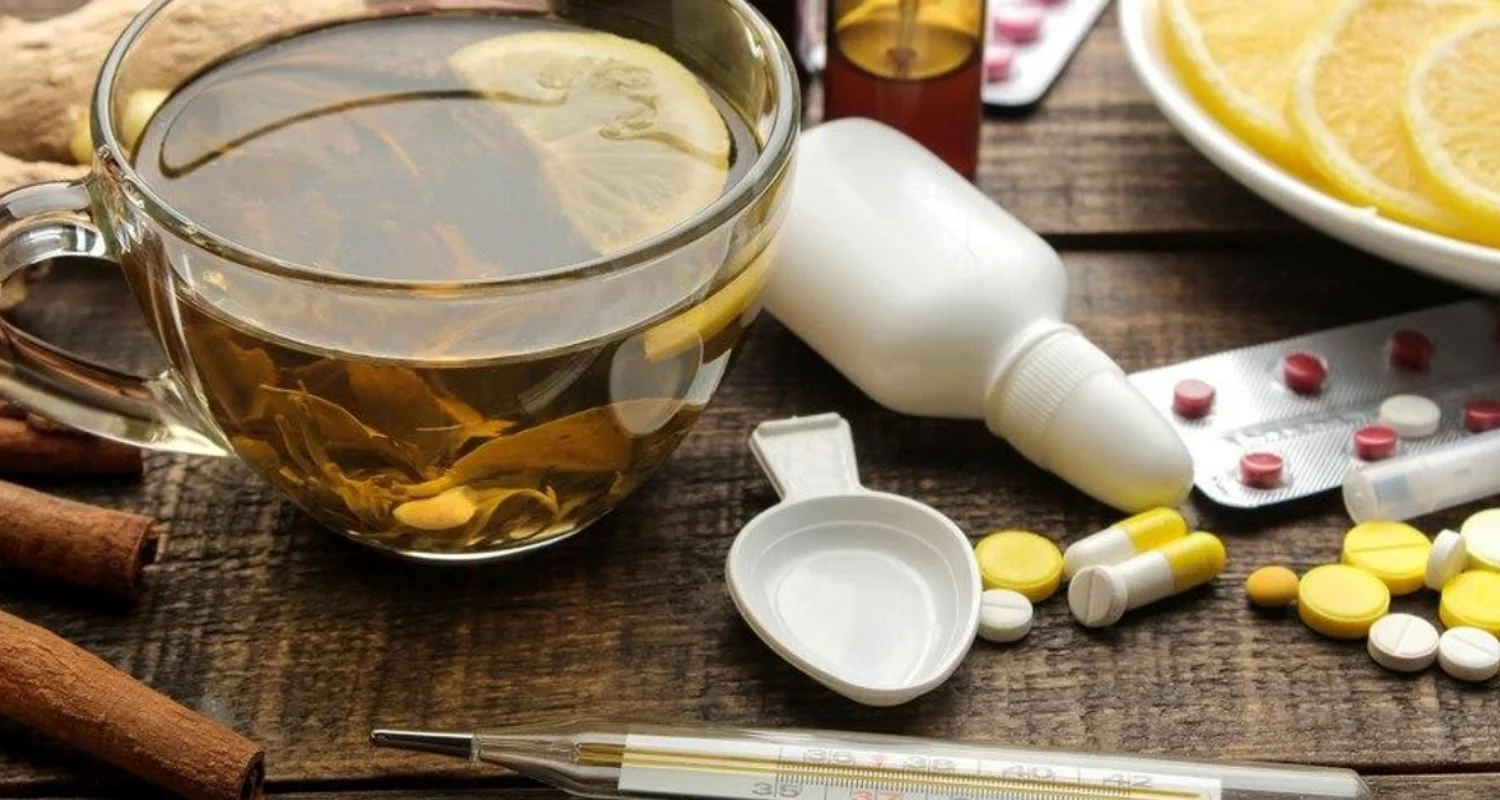Last Updated on: 19th September 2025, 12:36 pm
If you are looking for a list of natural antibiotics for tooth infection, this article is for you.
The mouth as an organ plays a vital role in our daily lives; in fact, oral health is the cornerstone of overall wellness, impacting everything from our ability to eat and speak comfortably to our confidence in social interactions. Conditions like tooth infections or cavities can lead to significant discomfort, pain, and even a loss of appetite or the willingness to smile.
Although prescribed antibiotics are often necessary and highly effective when used under a dentist’s guidance, some natural remedies have gained popularity for their accessibility and perceived gentleness. Among these, natural antibiotics are often sought to alleviate symptoms and support healing without the side effects of synthetic medications. While these natural remedies shouldn’t replace professional dental care, they can be a helpful addition to managing infections.
This article focuses on exploring the best natural antibiotics for tooth infection, offering insights into how they can ease pain, reduce inflammation, and promote recovery while emphasizing the importance of treating dental infections.
What is a tooth infection?
A tooth infection occurs when harmful bacteria invade the inner structures of a tooth or the surrounding tissues; these bacteria penetrate the tooth’s enamel or gum tissue, often due to plaque buildup. Once inside, they multiply, producing toxins that irritate and inflame the tissue. The subsequent inflammation results in symptoms such as pain and swelling.
Infections typically result from untreated cavities, dental injuries, or poor oral hygiene and can escalate quickly if left unmanaged.
Common Types of Tooth Infections
1. Gum infections
Gum infections, such as gingivitis or periodontitis, involve bacterial buildup in gum tissue. They may cause redness, swelling, and bleeding gums, which can progress to more severe conditions that affect the tooth-supporting bone.
2. Dental abscess
A dental abscess is a localized collection of pus caused by a bacterial infection. It can form in different parts of the tooth or gum:
● Gingival abscess: affects the gums, but does not cause damage to the bone surrounding the tooth.
● Periodontal abscess: develops in the gum tissue, causing the loss of the bone that supports the tooth.
● Periapical abscess: occurs at the tip of the tooth’s root, and develops when the dental nerve dies due to deep cavities or trauma.
● Alveolar abscess: Found in the space where a tooth was extracted, this abscess is often the result of insufficient care of the area after the procedure.
● Buccal space abscess: If an infection is not treated promptly, it can spread to nearby muscle spaces, causing visible swelling in the cheeks.
● Odontogenic cellulitis or orofacial abscess: a more serious condition where the infection spreads to the deeper tissues of the face.
Causes of Tooth Infections
Dental infections may be caused by:
● Poor oral hygiene: Failing to properly care for your teeth allows harmful bacteria to build up on the gums and teeth, leading to bad breath, swelling, cavities, and an increased risk of infection due to the high number of harmful bacteria present in the mouth.
● Untreated cavities or decay: If left unaddressed, minor cavities can progress into deeper infections, reaching the tooth’s pulp and root.
● Gum disease: Gingivitis and periodontitis occur when bacteria gather at the base of the teeth near the gums, causing long-term inflammation, pain while chewing, and the destruction of the bone supporting the tooth, which may eventually lead to tooth loss.
● Dental trauma: Cracks, chips, or fractures in teeth can act as entry points for bacteria, increasing the risk of infection.
Tooth Infection Symptoms
Tooth infections can bring on a range of uncomfortable symptoms that can seriously disrupt your day-to-day life. Let’s look at some of the most common signs:
● Persistent toothache: Imagine a dull or sharp pain that doesn’t go away, no matter what you do. Whether you’re eating, drinking, or just resting, the pain keeps coming back, often getting worse. It can make concentrating or even relaxing feel impossible. Pain may be localized to the affected tooth or radiate to other areas of the face or body.
● Swelling and tenderness in the gums: The gums around the infected area may become puffy, sore, and sensitive. They might also appear red and shiny, making brushing and flossing uncomfortable or even painful.
● Sensitivity to hot or cold: Experiencing a sudden, sharp pain when consuming hot or cold foods and drinks is a clear indication. Even a light breeze on the affected tooth can trigger discomfort.
● Fever and swollen lymph nodes (in severe cases): If the infection progresses, it may lead to a fever, fatigue, and swollen lymph nodes, especially in the neck area. In more severe cases, it can feel like your whole body is reacting to the infection, not just the tooth. These signs suggest that the infection is spreading and needs immediate attention.
The above symptoms can really interfere with daily tasks, from eating and talking to simply getting through your workday. The pain and swelling can make even routine activities feel like a challenge.
Why Natural Antibiotics Might Help
Understanding natural antibiotics
Natural antibiotics are substances found in plants, herbs, and other natural sources that help fight harmful bacteria, fungi, or viruses. These compounds either slow down the growth of microorganisms or eliminate them completely. Unlike synthetic antibiotics, which are created in laboratories, natural antibiotics come from ingredients like garlic, honey, and turmeric, as well as extracts from medicinal plants such as tea tree oil or oregano.
Used for centuries in traditional medicine, natural antibiotics are a convenient and gentle way to address minor infections and support healing. While they can’t replace prescribed treatments, they may serve as a helpful complement to professional care.
Benefits of natural antibiotics for tooth infection
Natural antibiotics for tooth infections offer several advantages, making them a popular choice for many:
● Fewer side effects: Unlike pharmaceutical antibiotics, natural remedies are often gentler on the body, reducing the risk of side effects such as stomach upset or allergic reactions.
● Cost-effective and accessible: Some of the best natural antibiotics for tooth infection, such as garlic and honey, can be found right in your kitchen. They are inexpensive and easy to find.
● Complementary to traditional treatments: When used carefully, they can be an excellent supplement to speed up recovery. Use them always as a complement to the treatment prescribed by your dentist.
These benefits make natural antibiotics for tooth infection a practical and appealing option for those seeking additional ways to address tooth infections.
10 Natural Antibiotics for Tooth Infection
Here’s a detailed guide to understanding natural antibiotics for tooth infection. It’s a list where you’ll learn how they work, and precautions to keep in mind:
1. Garlic
Benefits: Allicin, found in garlic, has strong antibacterial effects.
Instructions: Crush a fresh garlic clove to release the allicin and apply the paste directly to the affected area for a few minutes. Rinse your mouth afterward.
Precautions: Avoid if you’re on anticoagulants like warfarin, as garlic can increase bleeding risk. be careful with overuse, as it may cause irritation or a burning sensation on the gums.
2. Clove oil
Benefits: Eugenol in clove oil offers antibacterial, anesthetic, and analgesic effects.
Instructions: Apply topically to the infected area using a cotton swab.
Precautions: Use sparingly to avoid irritation; not recommended for individuals with clotting issues.
3. Turmeric
Benefits: Curcumin has strong anti-inflammatory and antibacterial effects.
Instructions: Mix turmeric powder with water to form a paste. Apply it to the infected area and let it sit for 10–15 minutes before rinsing.
Precautions: Avoid large quantities if on anticoagulants like warfarin. Excessive use can stain teeth yellow.
4. Coconut oil (oil pulling)
Benefits: Releases lauric acid and monolaurin, which fight bacteria and reduce inflammation.
Instructions: Swish 1 tablespoon of coconut oil in your mouth for 10–15 minutes daily, then spit it out. Rinse with warm water afterward.
Precautions: Do not swallow the oil, as it contains extracted bacteria.
5. Saltwater rinse
Benefits: Salt alters oral PH, creating a hostile environment for bacteria and reducing bacterial growth.
Instructions: Dissolve 1 teaspoon of salt in warm water and rinse for 2 minutes, twice daily.
Precautions: Overuse can dry out the mouth and irritate gums. Also, Avoid swallowing the mixture.
6. Hydrogen peroxide
Benefits: Acts as an antibacterial and antiseptic.
Instructions: Mix equal parts of 3% hydrogen peroxide and water. Rinse your mouth with the solution and spit it out.
Precautions: Do not swallow. Prolonged use can irritate gums and damage enamel. Do not use it on open wounds; it may delay healing.
7. Peppermint tea bags
Benefits: Peppermint’s natural antibacterial properties help reduce bacteria, while its cooling effect soothes inflammation.
Instructions: Steep a tea bag in hot water, let it cool slightly, and place it directly on the affected area for 15–20 minutes.
Precautions: Avoid using excessively hot tea bags to prevent burns. Avoid in children and those with gum sensitivity.
8. Oregano oil
Benefits: Oregano oil is a potent antimicrobial, fighting bacteria and fungi effectively.
Instructions: Dilute a drop of oregano oil with a carrier oil and apply it to the infected area using a cotton swab.
Precautions: Undiluted oil can cause irritation or a burning sensation. Not suitable for people taking antidiabetics or anticoagulants.
9. Apple cider vinegar
Benefits: Alters pH, reducing harmful bacteria.
Instructions: Dilute 1–2 teaspoons of apple cider vinegar in a glass of water. Use it as a mouthwash, then rinse thoroughly with plain water.
Precautions: Prolonged use can erode tooth enamel and potentially dental staining.
10. Ginger
Benefits: Gingerol provides antibiotic, anti-inflammatory, and analgesic benefits.
Instructions: Chew on a fresh piece of ginger or apply ginger paste directly to the infected area.
Precautions: Avoid if sensitive to strong flavors or with digestive issues.
Many natural antibiotics for tooth infection can be very effective. However, it’s essential to keep in mind that, despite their natural origin, they should be used carefully. Like any substance, they may cause side effects in individuals with specific health conditions, those on other medications, or during pregnancy or breastfeeding.
Integrating natural antibiotics for tooth infection and medical treatments
Natural antibiotics for tooth infection can serve as a supplement to pharmaceutical treatments, boosting their effectiveness while minimizing potential risks. This combined approach may enhance the therapeutic benefits and promote quicker recovery.
Nonetheless, it’s essential to consult with your dentist before combining treatments to ensure they are both safe and suitable for your specific situation.
While using natural remedies for your health is possible, it’s important to do so responsibly to achieve the best outcomes.
What to do if the Infection Doesn’t Disappear
Signs it’s time to see a dentist
If natural antibiotics for tooth infection persist, it means the underlying cause hasn’t been resolved. Antibiotics, whether natural or pharmaceutical, are only a complement: proper treatment must be supervised by a dentist.
It’s crucial to seek professional attention if you experience any of these warning signs:
● Persistent pain, localized or radiating to the jaw, neck, or ear.
● Swelling affects a large part of the face or neck.
● Pain when chewing or biting.
● Pain when swallowing or difficulty breathing.
● Fever and swollen lymph nodes.
Don’t ignore these symptoms, as they could indicate a serious complication.
Risks of delayed treatment
Ignoring a tooth infection can lead to serious complications, such as:
● Spread of the infection to other parts of the body (heart or brain).
● Loss of jawbone or teeth.
● Nerve damage.
● In extreme cases, sepsis and risk of death.
Treating dental infections in time is not just a matter of oral health; it’s a matter of life or death!
The Importance of Good Habits to Prevent Tooth Infections
The best way to deal with a tooth infection is to prevent it from happening in the first place. Here are some habits you can adopt to maintain optimal oral health:
● Daily oral hygiene practices: Maintaining good oral hygiene is your first line of defense against tooth infections. Brush your teeth at least twice a day with fluoride toothpaste to remove plaque and food particles. Don’t forget to floss daily to clean between your teeth, where your toothbrush can’t reach.
● Regular dental checkups: Periodic checkups help detect early signs of tooth decay or gum disease, providing timely treatment that should prevent more serious infections from developing.
● Healthy diet and lifestyle: Reduce your intake of sugars and opt for foods that strengthen your teeth, such as fruits, vegetables, and dairy products. Drinking water and staying active also contribute to overall health, including oral health.
● Proper use of antibiotics: Prescribed antibiotics are crucial for treating infections, but their use should be supervised by a professional to prevent bacterial resistance.
Conclusion
Tooth infections are no joke and require professional attention to avoid serious complications. While traditional antibiotics have their place in modern medicine, natural antibiotics for tooth infection offer a treasure trove of alternatives for those seeking natural remedies. Clove oil, turmeric, tea tree oil, and garlic are some of the most potent natural antibiotics for tooth infections. They have antibacterial properties and can be great supplements, but they are not superheroes capable of replacing your dentist.
The best strategy for avoiding problems is prevention. Good oral hygiene, a balanced diet, and regular visits to the dentist are the keys to maintaining your smile’s health. Remember, it’s essential to consult with a dentist before trying any natural remedy, especially if you have pre-existing health conditions or are on medication. Natural antibiotics for tooth infection can be powerful allies, but they are most effective when used responsibly.
Taking care of your teeth not only protects your health but also enhances your smile, keeping you looking and feeling your best!
Frequently Asked Questions
Can natural antibiotics cure a tooth infection?
No, natural antibiotics for tooth infection can provide temporary relief by reducing inflammation and bacterial activity. However, they cannot fully cure a tooth infection. A dental professional must address the infection’s root cause.
Are natural remedies safe for everyone?
Most natural remedies are safe when used correctly, but it’s important to consider potential allergies to ingredients like garlic or clove oil, ensure essential oils such as tea tree or oregano oil are properly diluted, and exercise caution if you have sensitive gums or open wounds to avoid irritation or adverse reactions.
Why is it essential to treat tooth infections professionally?
Untreated tooth infections can spread to other parts of the body, causing serious complications such as sepsis or damage to surrounding tissues and bones. Professional treatment, such as drainage, root canal therapy, or natural antibiotics for tooth infection, is necessary to resolve the problem completely.
When should I see a dentist for a tooth infection?
You should see a dentist for a tooth infection if the pain persists or worsens, there is swelling in the face, neck, or gums, you experience fever or difficulty swallowing, or you notice visible pus or an abscess, as these signs may indicate a serious infection that requires professional treatment.
Which natural antibiotics are commonly used for tooth infection?
Some remedies often used as natural antibiotics for tooth infection include garlic, known for its antibacterial and antimicrobial qualities; clove oil, which contains eugenol, a compound effective in relieving pain and fighting bacteria; turmeric, celebrated for its anti-inflammatory and antibacterial properties; tea tree oil, recognized for its antimicrobial effects but needing dilution for safe application; and oregano oil, renowned for its powerful antibacterial action.
Share
References
1. Brusie, C. (2023, february 13). What Are the Most Effective Natural Antibiotics? Healthline. https://www.healthline.com/health/natural-antibiotics
2. Cope, A. L., Francis, N., Wood, F., Thompson, W., & Chestnutt, I. G. (2024, may 7). Systemic antibiotics for symptomatic apical periodontitis and acute apical abscess in adults. Cochrane Library. https://doi.org/10.1002/14651858.cd010136.pub4
3. Lockhart, P. B., Tampi, M. P., Abt, E., Aminoshariae, A., Durkin, M. J., Fouad, A. F., Gopal, P., Hatten, B. W., Kennedy, E., Lang, M. S., Patton, L. L., Paumier, T., Suda, K. J., Pilcher, L., Urquhart, O., O’Brien, K. K., & Carrasco-Labra, A. (2019, november). Evidence-based clinical practice guideline on antibiotic use for the urgent management of pulpal- and periapical-related dental pain and intraoral swelling. The Journal Of The American Dental Association, 150(11), 906-921.e12. https://doi.org/10.1016/j.adaj.2019.08.020
4. Palombo, E. A. (2011, enero 11). Traditional Medicinal Plant Extracts and Natural Products with Activity against Oral Bacteria: Potential Application in the Prevention and Treatment of Oral Diseases. Evidence-based Complementary And Alternative Medicine. https://doi.org/10.1093/ecam/nep067
5. Seladi, S. J.(2023, April 24). Which antibiotics treat tooth infections? Healthline. https://www.healthline.com/health/antibiotics-for-tooth-infections
-
DDS Juliana Garzon [Author]
Dr. Juliana Garzón Ariza Endodontics Specialist | Passionate Advocate for Oral Health Transformation Graduating from the esteemed Universidad Nacional de Colombia in 2021, I am a dentist and a final-year resident specializing in Endodontics. My professional mission is to transform oral health through prevention, highly specialized treatments, and patient education. With a strong focus on dental research, I am driven to innovate solutions in critical areas such as dental pain, infections, dent...
View all posts



